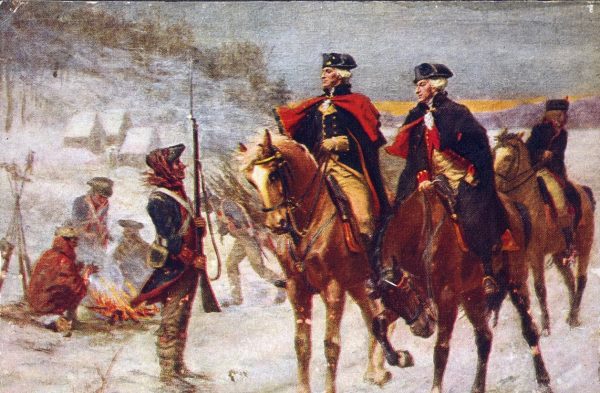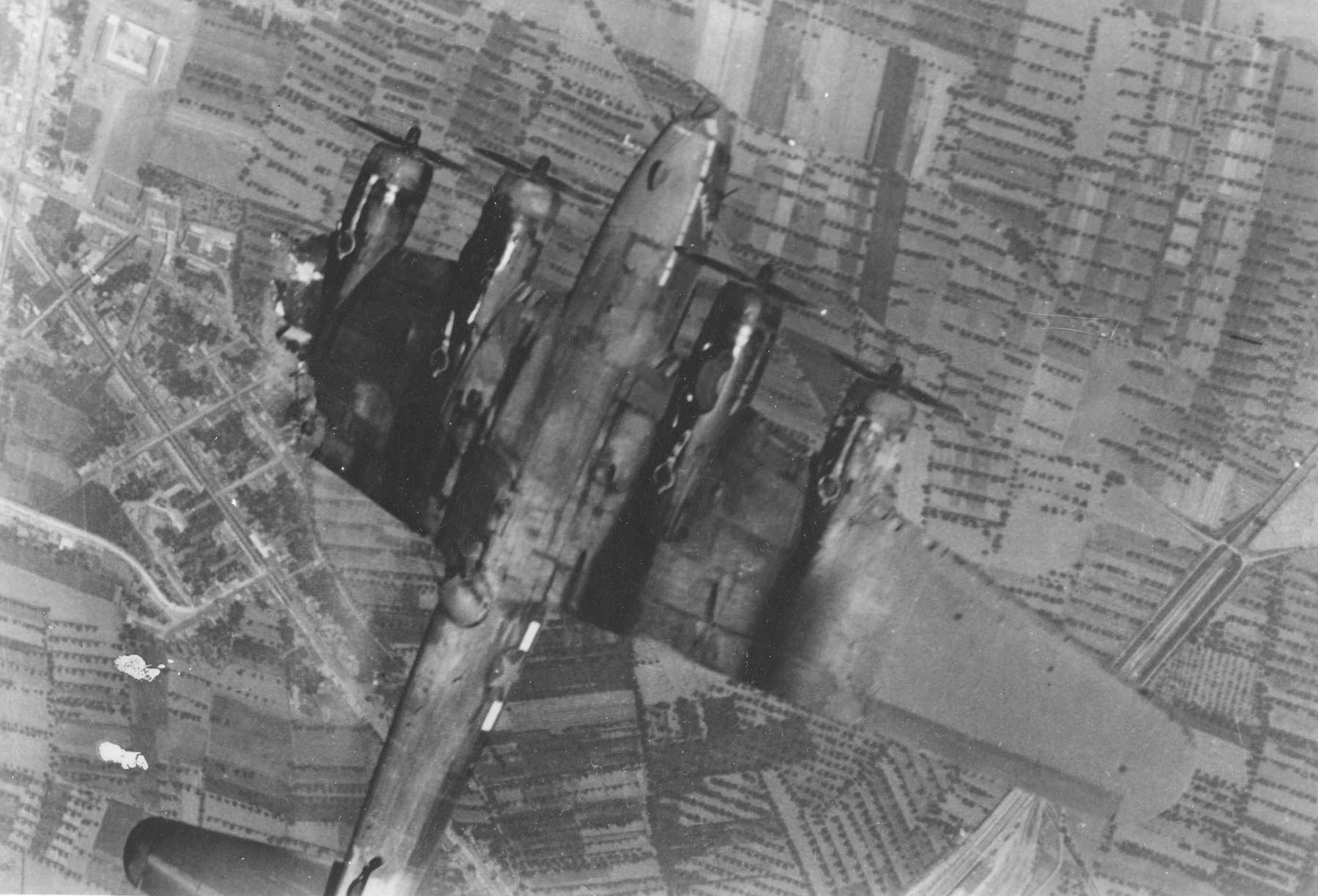June 13 in U.S. military history
1777: Marquis de Lafayette lands in South Carolina, having crossed the Atlantic on a ship that the 19-year-old French officer purchased with his own money. He soon makes fast friends with Gen. George Washington and the Continental Congress, and is offered a commission as a major general.

1917: Taking off from bases in Belgium, German Gotha bombers target London for the first time. Hundreds of civilians are killed and the air raids would continue, virtually unopposed, for the next month.
1942: While patrolling a beach on New York’s Long Island, Coast Guardsman John C. Cullen catches four German saboteurs posing as stranded fishermen. The Germans escape, but the leader turns himself in to the FBI – kicking off a two-week manhunt for the remaining Abwehr military intelligence operatives (all are American citizens born in Germany). The lid is blown off “Operation Pastorius,” the German plot to sabotage strategic American targets. All of the agents are captured and six are executed.
1943: 76 B-17F Flying Fortress bombers set out to attack the U-boat pens at Kiel, Germany. 60 “Forts” hit the pens, and Luftwaffe aircraft knock 22 more out of the sky in the heaviest fighter attacks on the Eighth Air Force to date. While gunners claim at least 39 German aircraft, 23 bombers are damaged – one so critical that it is no longer operable. Three airmen are killed, 20 wounded, and 213 are missing in action. The costly raid will lead war planners to realize that the heavily armed B-17s can no longer defend themselves against German aircraft. Escort fighters will begin accompanying bombers into Europe.
1944: 27 years to the day after the first bombing raid on London, Germany’s V-1 “buzz bombs” – the predecessor to today’s cruise missile – make their combat debut when 11 are launched at targets in England. Over the course of the war, Germany launches over 10,000 V-1s at England and even more against Belgium, killing 15,000 and wounding over 30,000.
1968: Deep in the jungles of Laos, a Special Operations Group recon team is hit by a battalion-sized force of North Vietnamese Army shortly after insertion. Specialist Fifth Class John J. Kedenburg calls in tactical air support and radios for extraction while the SOG team, which was outnumbered by 50:1, attempts to break contact. They incredibly manage to fight their way to an extraction point intact, but one South Vietnamese soldier goes missing during the battle. When helicopters arrive with slings to pull out the operators, the missing soldier suddenly reappears.
Kedenburg gives up his rescue harness for the returning soldier and orders the last helicopter to leave. As his teammates leave the area, they watch Kedenburg killing communists before he calls in a final air strike on his own position. Another SOG team later fights their way in to recover their lost comrade, who is posthumously awarded the Medal of Honor for sacrificing himself to save others (full citation can be viewed here).
1969: Laos’ prime minister publicly announces that the United States has been bombing targets in Laos and will continue to do so as long as the Communists were using his country as an infiltration route into South Vietnam. B-52 bombers, prevented from bombing North Vietnam since 1968, have flown thousands of missions into Laos targeting the Ho Chi Minh Trail with 160,000 tons of bombs.
